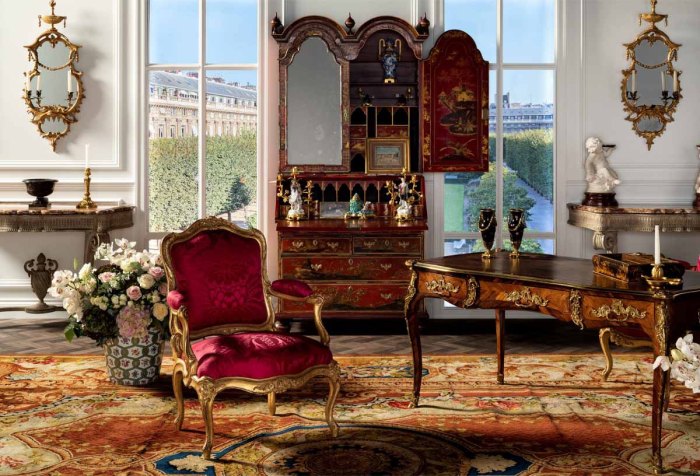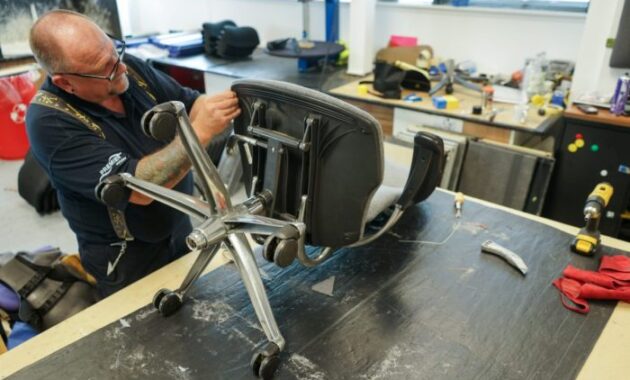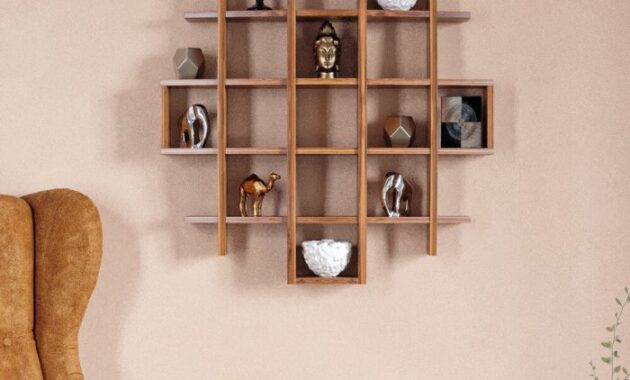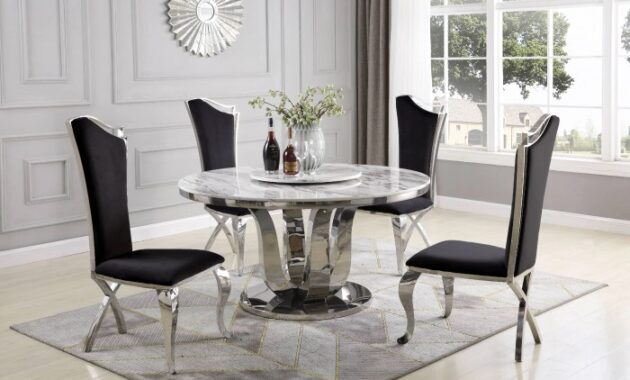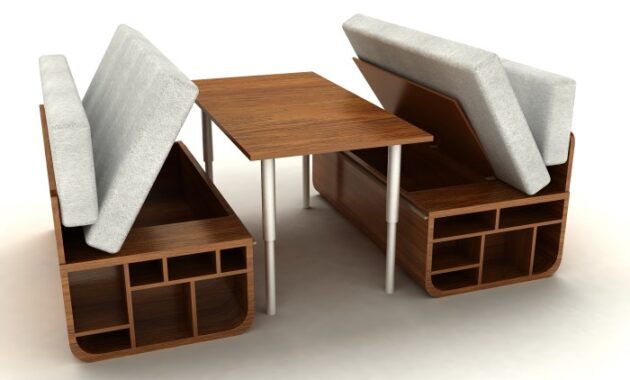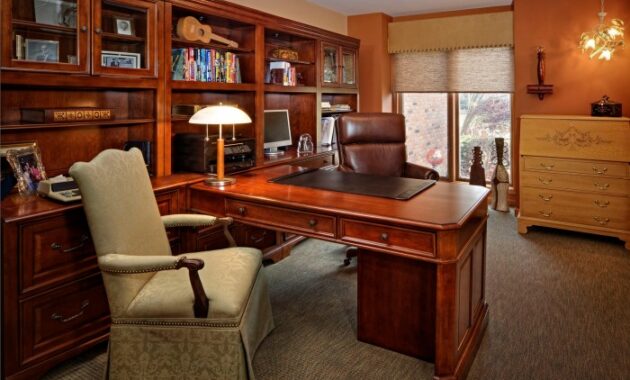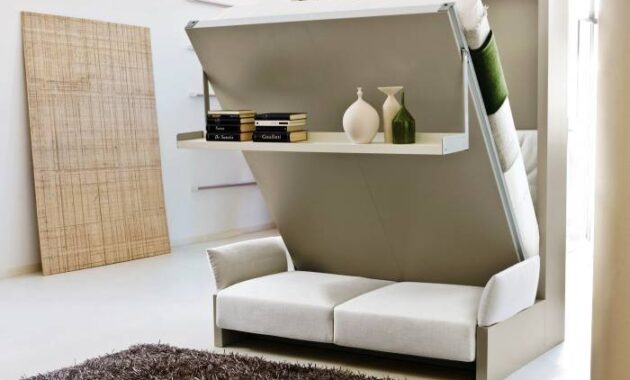Vintage furniture, with its rich history and unique characteristics, has always been a fascinating aspect of interior design. Let’s delve into the world of vintage furniture and explore its evolution and significance.
Overview of Vintage Furniture
Vintage furniture holds a rich history of craftsmanship and design, reflecting the styles and trends of past eras. From elegant Victorian pieces to sleek Mid-Century Modern designs, vintage furniture encompasses a wide range of styles that have stood the test of time.
Vintage furniture is typically characterized by high-quality materials, attention to detail, and unique craftsmanship. These pieces often feature intricate carvings, ornate details, and quality construction methods that set them apart from modern furniture.
Popular Eras and Styles of Vintage Furniture
- Victorian Era: Known for its ornate details, dark woods, and luxurious upholstery, Victorian furniture exudes opulence and grandeur.
- Art Deco: Art Deco furniture is characterized by geometric shapes, bold colors, and luxurious materials like chrome, glass, and exotic woods.
- Mid-Century Modern: With a focus on clean lines, organic forms, and functionality, Mid-Century Modern furniture became popular in the post-World War II era.
- Retro: Retro furniture often refers to pieces from the 1950s to 1980s, featuring bright colors, funky patterns, and a playful aesthetic.
Sourcing Vintage Furniture

Finding authentic vintage furniture pieces can be a rewarding experience for enthusiasts and collectors alike. The authenticity of vintage furniture adds value and charm to any space, making it essential to know where to look for these timeless pieces. Let’s explore some tips on where to find authentic vintage furniture and the importance of authenticity in vintage pieces.
Where to Find Authentic Vintage Furniture
- Antique Shops: Visit local antique shops, flea markets, and vintage stores to discover unique and authentic vintage furniture pieces. These establishments often curate a diverse selection of items from different eras.
- Estate Sales: Attend estate sales in your area to find hidden treasures and one-of-a-kind vintage pieces. Estate sales can be a great way to score authentic vintage furniture at affordable prices.
- Online Marketplaces: Explore online marketplaces such as Etsy, eBay, and Chairish to browse a wide range of vintage furniture options. Be sure to verify the authenticity of the pieces and check seller reviews for credibility.
Importance of Authenticity in Vintage Furniture
Authenticity plays a crucial role in vintage furniture as it adds character, history, and value to each piece. Genuine vintage furniture pieces are often crafted with quality materials and unique designs that showcase the craftsmanship of a bygone era. Ensuring the authenticity of vintage furniture helps preserve its historical significance and enhances its appeal to collectors and enthusiasts.
Online vs. In-Person Sourcing
- Online Sourcing: Sourcing vintage furniture online offers convenience and a vast selection of pieces from various sellers worldwide. However, it may be challenging to verify the authenticity of items without physically inspecting them.
- In-Person Sourcing: Visiting physical stores and antique shops allows you to examine vintage furniture pieces up close, feel the quality of materials, and verify their authenticity. This hands-on approach can provide a more immersive and rewarding experience for vintage furniture enthusiasts.
Restoring and Refurbishing Vintage Furniture

Restoring and refurbishing vintage furniture can be a rewarding process that brings new life to old pieces while preserving their original charm. In this guide, we will provide a step-by-step overview of how to restore a vintage furniture piece, discuss common techniques and tools used in refurbishing vintage furniture, and share tips on maintaining the authenticity of these pieces.
Step-by-Step Guide on Restoring a Vintage Furniture Piece
- Assess the Condition: Start by thoroughly examining the vintage furniture piece to identify any damage, missing parts, or areas in need of repair.
- Clean and Remove Old Finish: Use gentle cleaners to remove dirt and grime, and consider stripping the old finish to reveal the natural wood beneath.
- Repair and Replace: Repair any damaged parts, such as loose joints or missing hardware, and replace any irreparable components with matching materials.
- Sand and Refinish: Sand the surface of the furniture to remove imperfections and apply a new finish or stain to revitalize the piece.
- Protect and Seal: Finally, apply a protective sealant to safeguard the newly restored vintage furniture from future damage.
Common Techniques and Tools Used in Refurbishing Vintage Furniture
- Stripping: Chemical strippers or sanding techniques are commonly used to remove old paint or finish from vintage furniture.
- Repairs: Techniques such as regluing joints, patching veneer, or replacing hardware are essential for refurbishing vintage furniture.
- Refinishing: Sanding, staining, painting, or applying a new finish can transform the look of vintage furniture pieces.
- Upholstering: Replacing or repairing the upholstery on vintage furniture can breathe new life into the piece.
- Polishing: Using polishes or waxes can bring out the natural beauty of wood in vintage furniture.
Tips on Preserving the Original Charm of Vintage Furniture
- Avoid Over-Restoration: Be mindful of preserving the unique character and patina of vintage furniture by not over-refinishing or altering the original features.
- Use Period-Appropriate Materials: When making repairs or replacements, try to use materials that are consistent with the era of the vintage furniture piece.
- Document the Process: Keep a record of the restoration process, including before and after photos, to track the changes made while preserving the history of the piece.
- Consult Experts: If unsure about a specific restoration technique or repair, seek advice from professionals or restoration specialists to ensure the integrity of the vintage furniture.
Decorating with Vintage Furniture

When it comes to incorporating vintage furniture into modern interior design, there are several creative ways to achieve a unique and eclectic look. Mixing vintage pieces with contemporary furniture can add character and charm to any space, creating a timeless and stylish aesthetic.
Mixing and Matching Vintage Pieces with Contemporary Furniture
One approach to decorating with vintage furniture is to mix and match pieces from different eras to create a cohesive look. For example, pairing a mid-century modern sofa with a contemporary coffee table can create a visually interesting contrast that adds depth to the room.
- Consider mixing materials: Combining vintage wooden furniture with sleek metal or glass accents can create a harmonious balance between old and new.
- Play with colors and patterns: Mixing vintage floral upholstery with solid-colored contemporary pieces can add a touch of whimsy and personality to the room.
- Focus on focal points: Use a vintage statement piece, such as a retro armchair or antique dresser, as a focal point in the room and build the rest of the decor around it.
Examples of Rooms Styled with Vintage Furniture
For inspiration, take a look at these examples of rooms styled with vintage furniture:
| Living Room: A blend of mid-century modern and contemporary furniture creates a cozy and inviting space with a touch of nostalgia. |
| Bedroom: Mixing vintage bedside tables with a modern bed frame can add a touch of elegance and sophistication to the room. |
| Dining Room: Pairing a vintage dining table with modern chairs can create a chic and eclectic dining space perfect for entertaining guests. |
In conclusion, vintage furniture adds a touch of nostalgia and charm to any space, creating a timeless appeal that resonates with both the past and the present. Embrace the beauty of vintage furniture and let it transform your living spaces with its classic allure.

